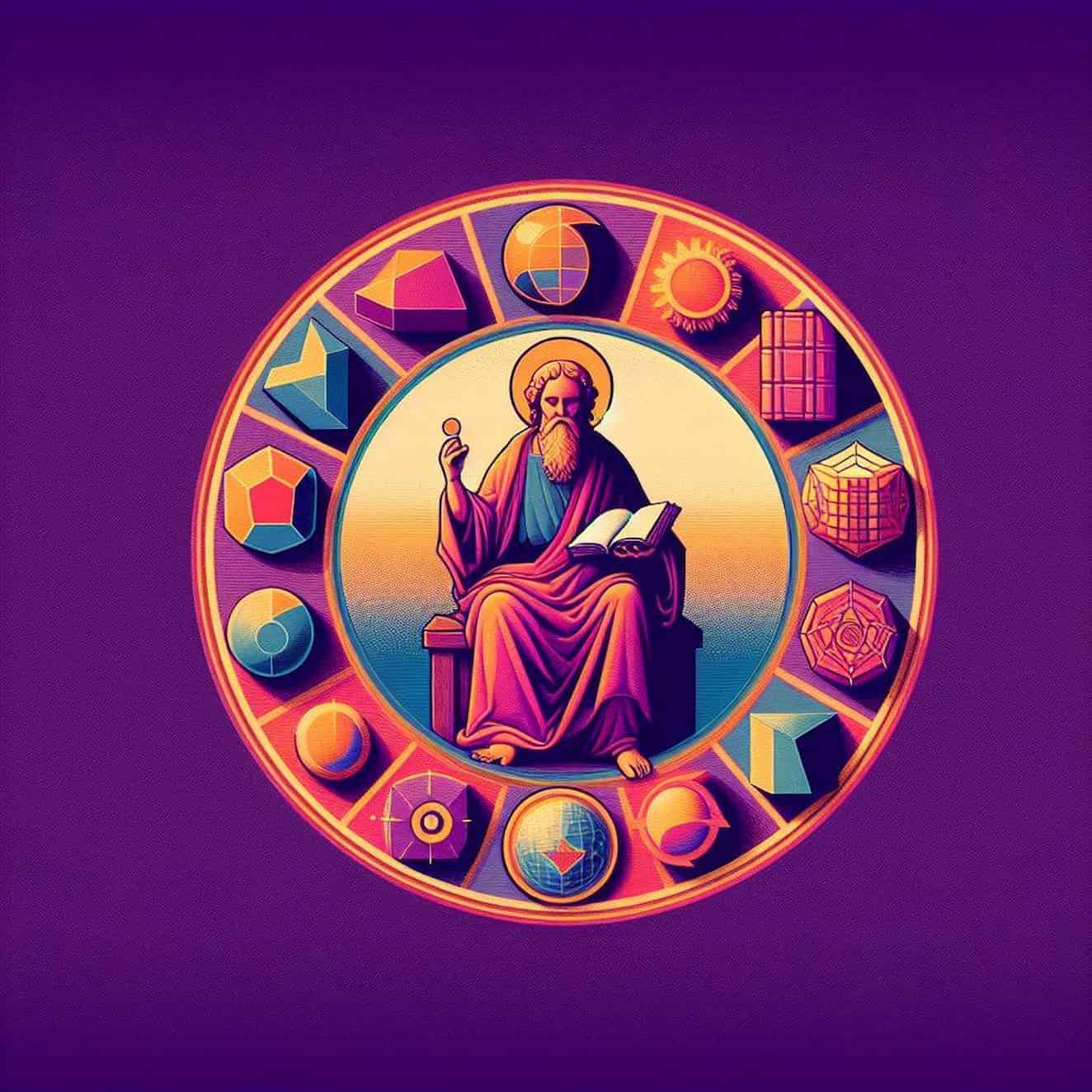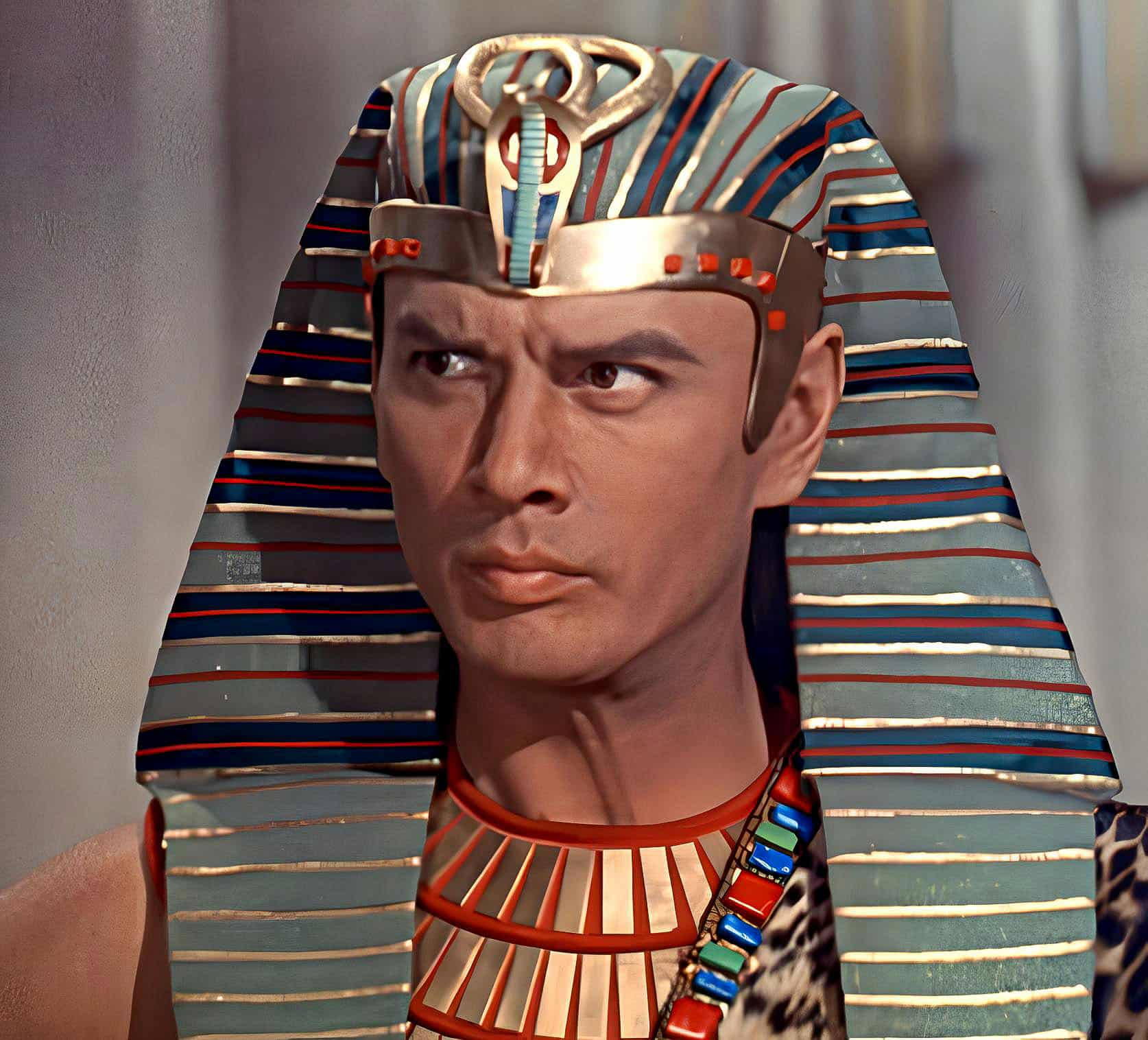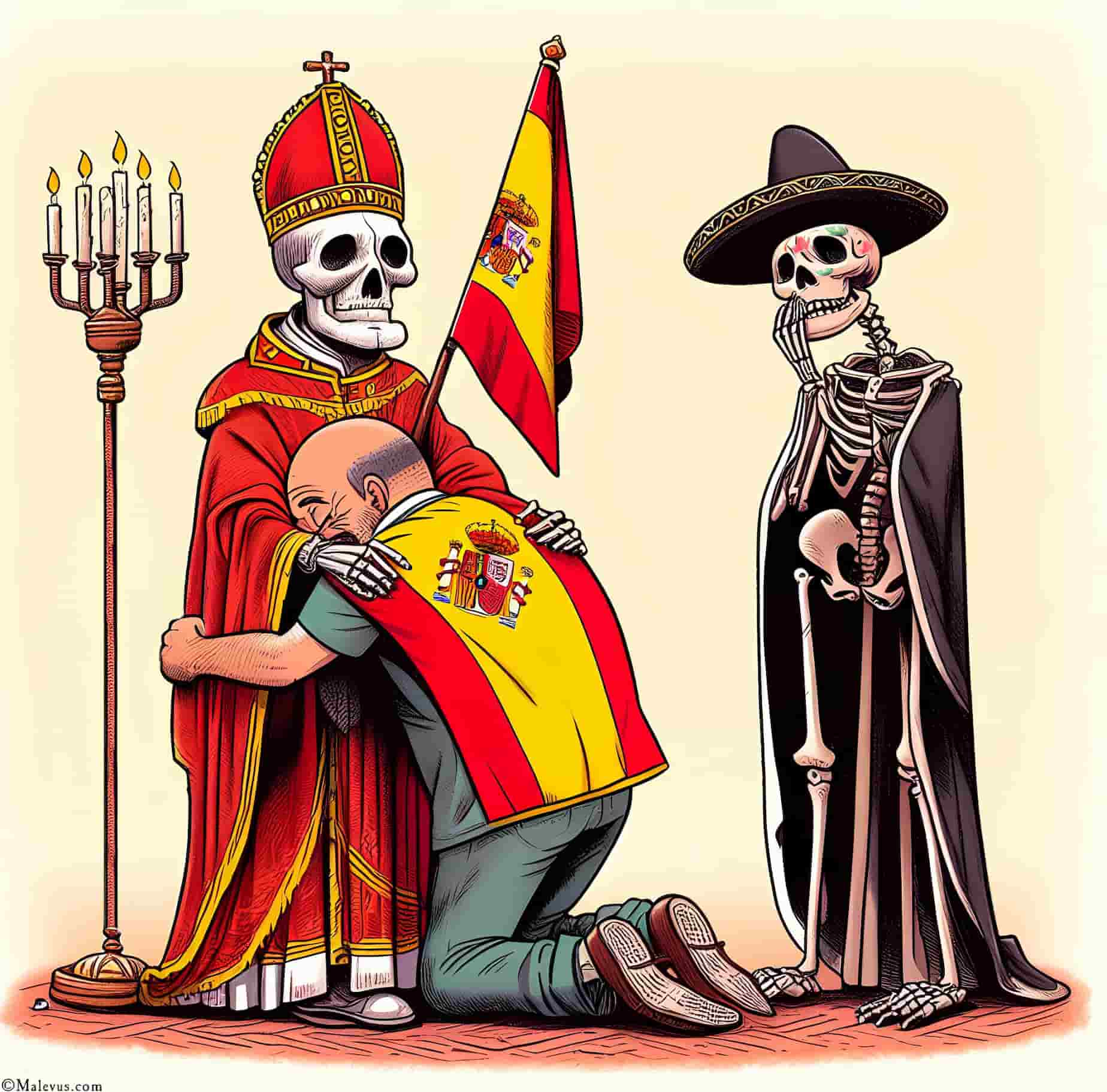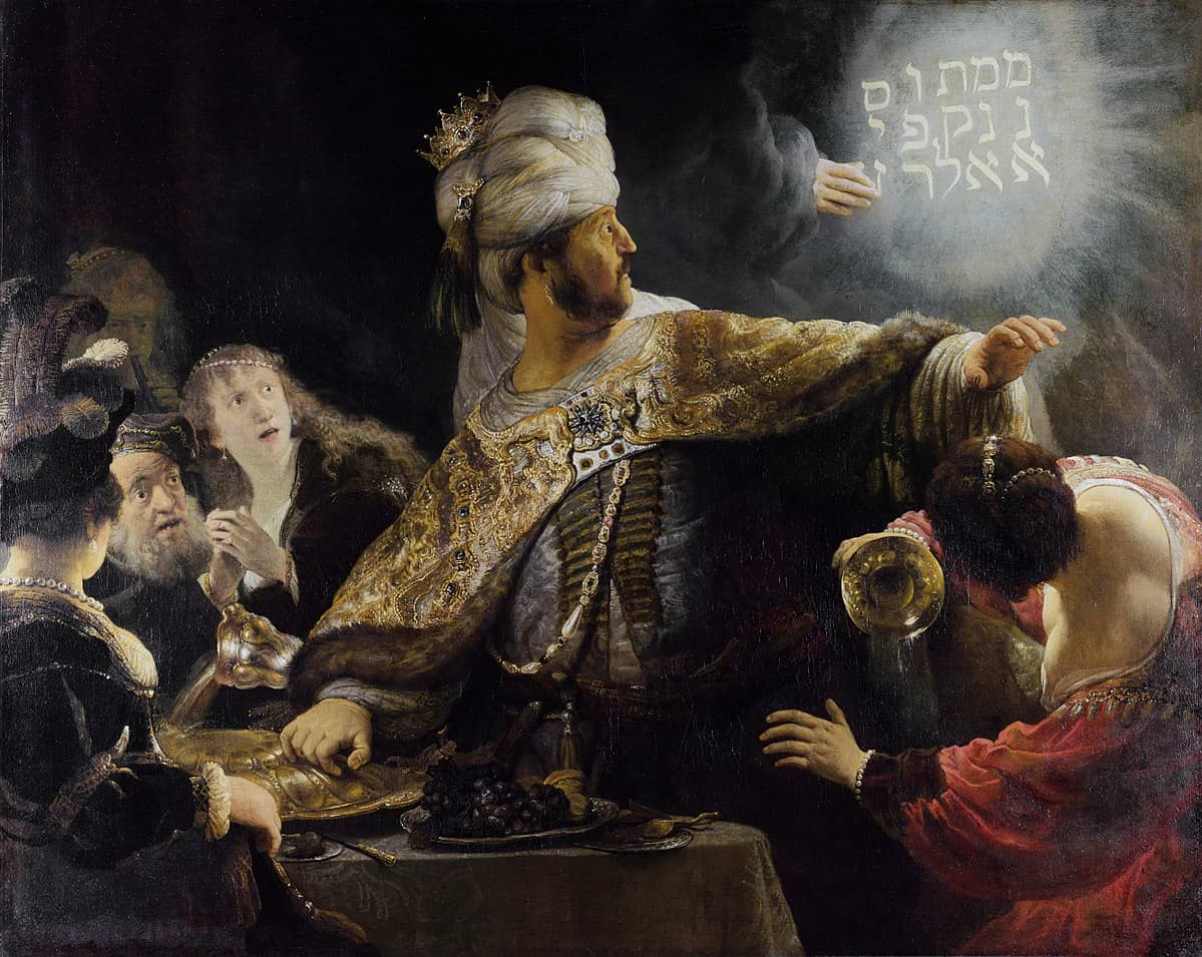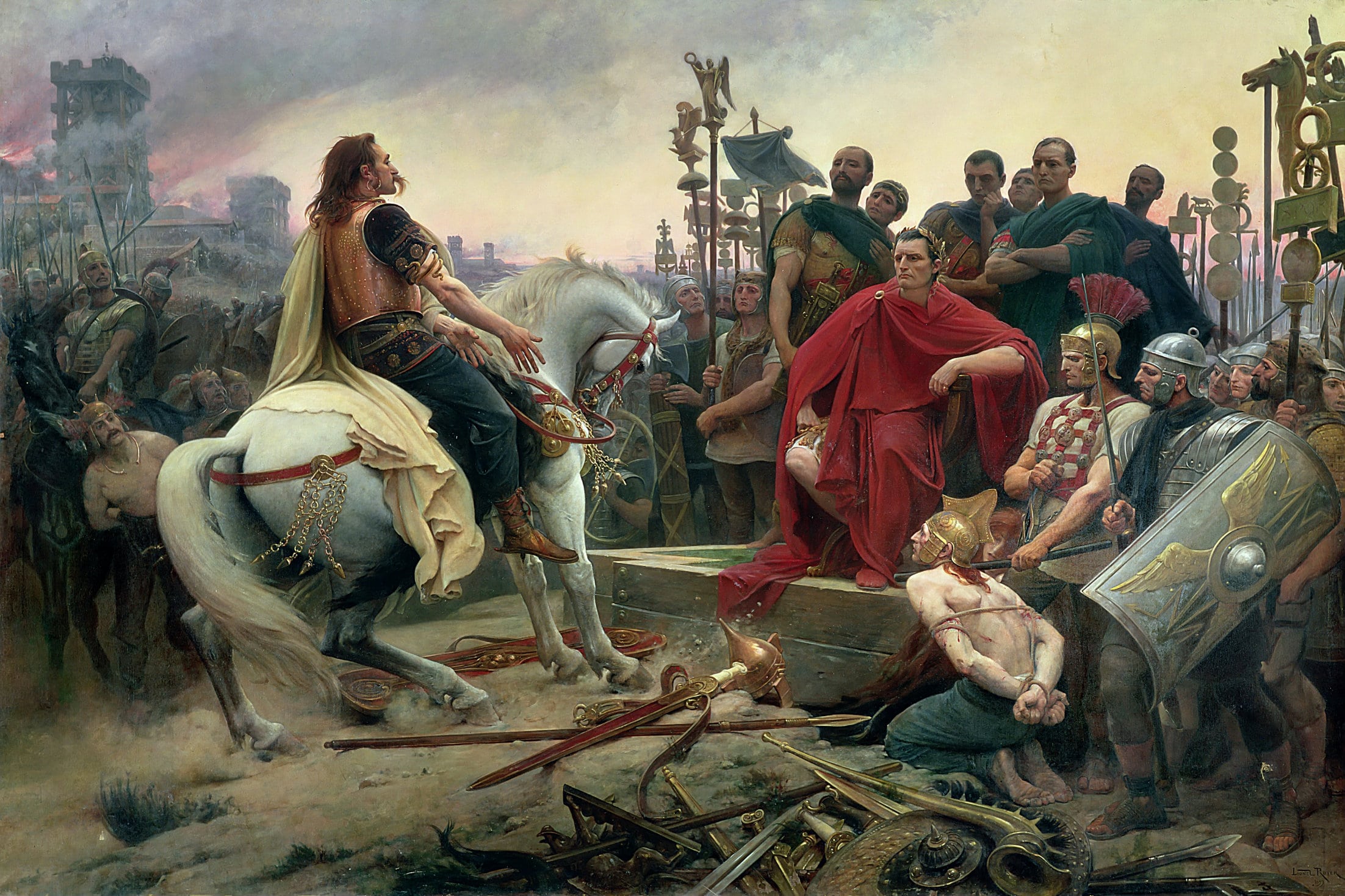Prima materia: The Fundamental Matter of the Universe
Ancient Greeks sought an arché and the early roots of the idea can be found in the pre-Socratics, through Anaximander's ápeiron, Thales' water, Heraclitus' fire, and Anaxagoras' philosophy, which described nous in relation to chaos.
